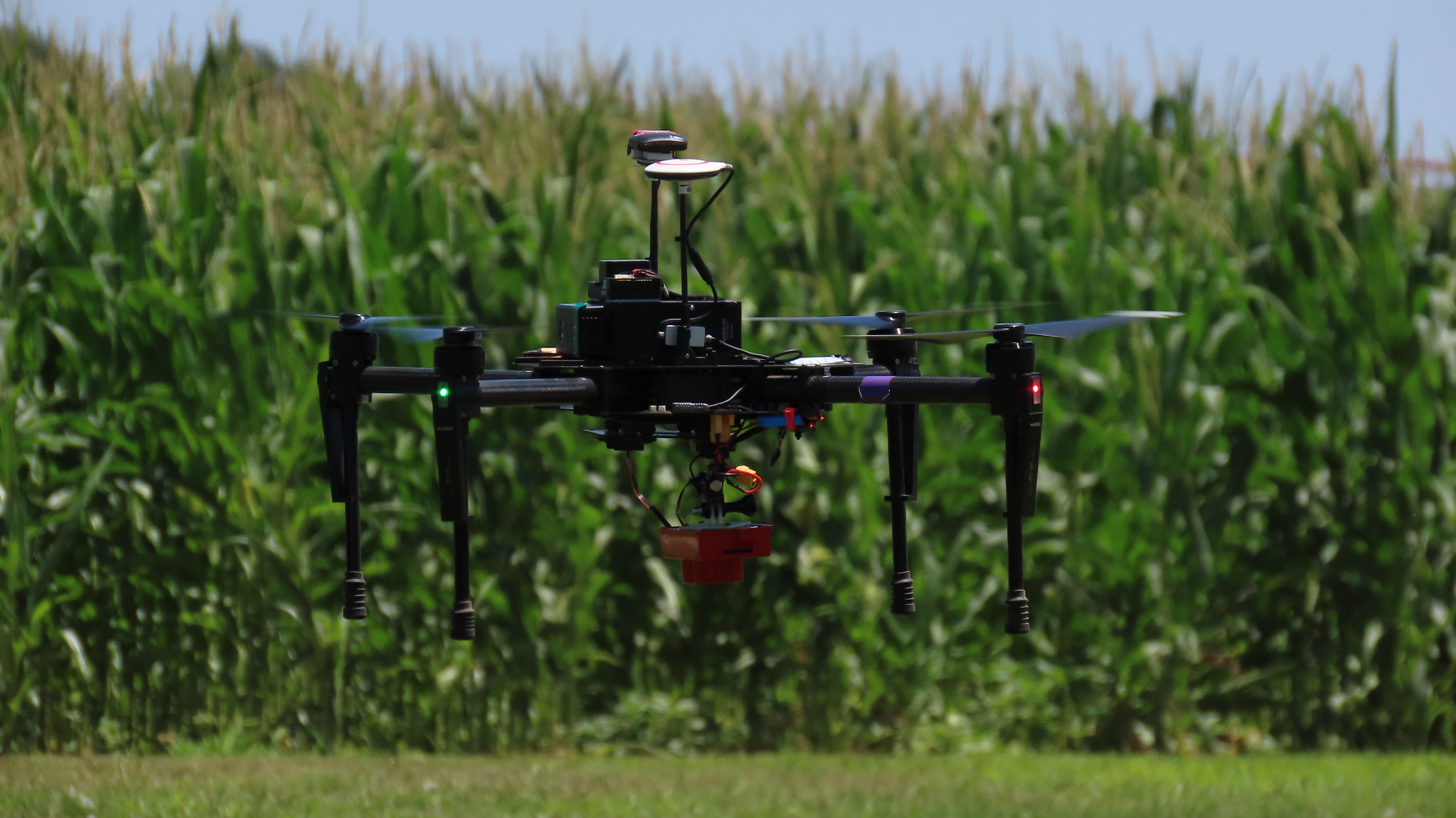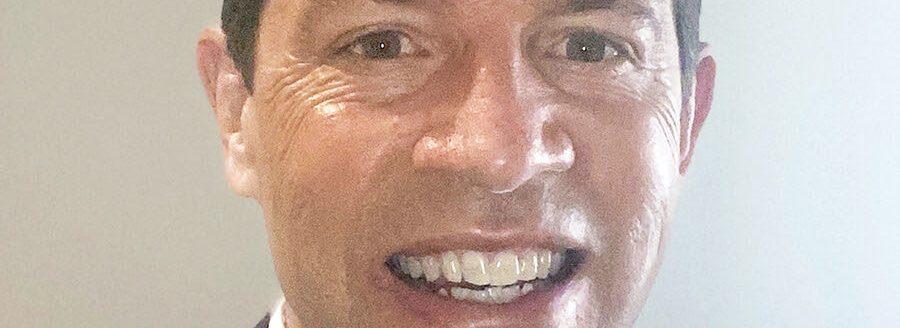Congress is convinced that Chinese-made drones represent a security threat. The federal government has already placed a 30% tariff on Chinese-made drones and prohibited their use by U.S. agencies, but upcoming bills in both houses of Congress propose banning them altogether.
A House bill would deny any new Chinese-made drone the license it needs to operate on American data networks. The Senate’s version adds a ban on another Chinese drone maker
Agriculture interests and many other groups, including first responders, oppose any ban on Chinese-made drones. Drones made by DJI, based in Shenzhen, China, make up about 70 to 90% of the American commercial, local government and hobbyist drone market.
To fight the proposed ban, agricultural spray drone distributors formed a coalition industry group in July. The coalition consists of Agri Spray Drones, Bestway Ag, Drone Nerds, HSE-UAV, Pegasus Robotics and Rantizo. According to Rantizo’s estimates, together they represent about 80% of the ag spray drone market in the United States.
According to survey data collected by coalition members, in 2023 alone, 3.7 million acres were sprayed by drones across 41 states and over 50 types of crops, generating $78.5 million in rural communities.
Agricultural spray drones provide farmers with opportunities to reduce crop input usage and increase yields, the group said. By delivering crop protection products precisely when and where they are needed, drones can help farmers more efficiently control weed, pest and disease pressures.
The group supports efforts to create cybersecurity standards and appropriate regulations to protect vital data across all drones, regardless of country of origin. That way, the coalition aims to address security concerns while still preserving the technological advancements and economic benefits that spray drones provide to the agricultural sector.
Game of drones
The Annual Threat Assessment from the Office of the Director of National Intelligence recognizes the Peoples’ Republic of China as “the most advanced, active and persistent cyber threat to the United States.”
In January, the Cybersecurity and Infrastructure Security Agency and Federal Bureau of Investigation issued a warning about Chinese-made drones.
“Chinese-manufactured unmanned aircraft systems, more commonly referred to as drones, continue to pose a significant risk to critical infrastructure and U.S. national security,” the warning said. “While any UAS could have vulnerabilities that enable data theft or facilitate network compromises, the People’s Republic of China has enacted laws that provide the government with expanded legal grounds for accessing and controlling data held by firms in China.”
Bryan Sanders, HSE-UAV president, countered, “There has been no factual evidence suggesting that data collected by agricultural drones is being provided to the Chinese government. On the contrary, companies like DJI have proactively (and voluntarily) implemented geofence flight restrictions for restricted airspace, demonstrating a commitment to security, not espionage.”
Furthermore, he said, spray drones are not used for surveying or mapping like imagery drones, and they do not store any data about what product is being applied. In addition, the economic risks associated with this proposed ban could be significant. DJI claims its spray drones can operate without being connected to the internet at all. Police departments argue that drones use only publicly accessible information.
For Mariah Scott, CEO of Rantizo, “Success is ensuring that U.S. farmers have access to ag tech solutions that allow them to remain competitive on a global scale.”
Other U.S. users who rely on DJI’s drones include first responders, hobbyists and building and infrastructure inspectors. They say Chinese-built drones are cheaper, more powerful and simply better than American equivalents, with better cameras, more power and longer ranges. In a Wall Street Journal story, one forest ranger demonstrated how his U.S.-built drone could not fly high enough to scout stranded hikers, unlike his DJI drone.
David Murray can be reached at [email protected].




